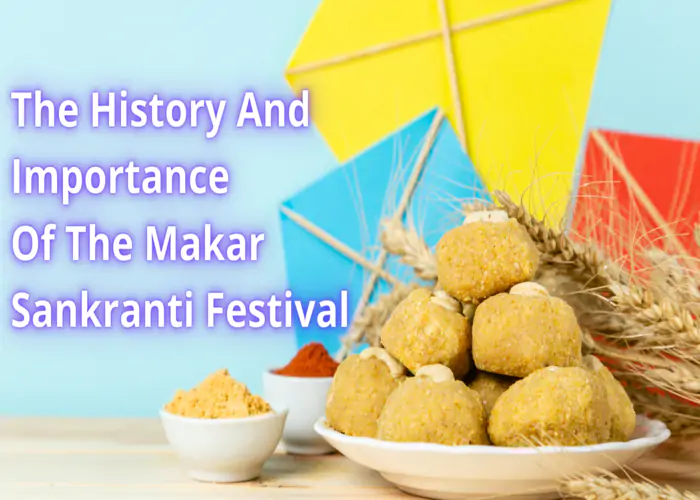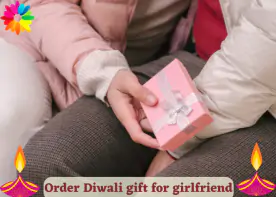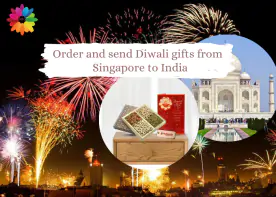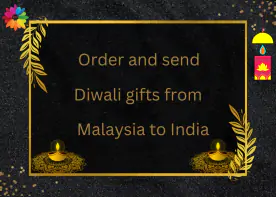The History And Importance Of The Makar Sankranti Festival
The History and Importance of the Makar Sankranti are very prevalent in our country. It is a distinct festival celebrated every year in India on the 15th of Makar Sankranti. One unique thing about most Hindu festivals is that they are held in accordance with the moon's position and based on the lunar calendar. As a result, the dates of festivals vary from year to year. On the other hand, Makar Sankranti is a holiday that occurs annually on the same day because it is based on the solar calendar.
In various areas of the country, the celebration is known by several names, including Pongal, Lohri, Uttaryan, Maghi, and Khichdi, among others. This event is marked by the consumption of 'Til-Gul,' which is sesame and jaggery. It is generally consumed with laddus which is a kind of sweet. Kite flying is a popular practice related to the festival of Makar Sankranti. People also exchange gifts and respect. Aphoto cushion can be a good gifting idea. The celebration of this day extends outside of India to countries such as Bangladesh, Myanmar, Cambodia, Thailand, Laos, Sri Lanka, and Nepal.
Why is it celebrated?
This festival heralds the conclusion of the long, frigid wintertime and the beginning of the warm, sunny springtime. It was the period of the year when the sun's position changed, resulting in prolonged days in ancient times. In this way, it is a festival of the changing of seasons, as the climate shifts from a severe to a softer one. It is a symbol of hope and optimism.
Being a time of celebration and joy among agricultural communities, the annual festival is a time when they receive the benefits of their hard work. It is also a time when they share in the bounty of the produce. It is a period of peace when family comes together to bury the past and enjoy each other's company.
Sankranti is revered as a goddess in some parts of the world, and she is said to have murdered Sankarasur. The following day, the deity destroyed another asura (demon) by the name of Kinkarasur. This is why this day is also referred to as Kinkrant.
History
The festival's patron deity, Sankranti, is revered as a god. Sankranti is said to have destroyed a monster named Sankarasur in Hindu mythology. Karidin (also known as Kinkrant) is the day after Makar Sankranti. The demon Kinkarasur was slain on this day by the Devi.
In addition, Makar Sankranti has a lot to do with the sun. Sunlight mainly reaches the southern half of the planet prior to the festival. But during festivals, it starts to move northward. The Hindu calendar considers this time of year, called Uttarayan or the Winter Solstice, to be fortunate.
Indians believe that Sankranti is a date when the sun begins to migrate north since the sun shines from the southern hemisphere prior to Makar Sankranti. Uttaarayan, or the period of auspiciousness, is the belief of the Hindus currently. In the Mahabharata, Bhishma Pitamah has a belief that the sun would be in Uttarayan when he would accept death.
Significance
The History and Importance of the Makar Sankranti can be seen in various practices conducted during this time. People bathe in the holy waters like the Ganga, the Yamuna, the Krishna, the Kaveri, etc., during the beginning of Makar Sankranti. Surya Devta (Sun God) is praised and thanked for providing the earth with its warm and brilliant beams.
In sites like Kashi, Triveni Sangam, and the Ganga Sagar, bathing rituals that purify the body are popular. On Makar Sankranti, a dip in the sacred river helps everyone break free from the unending cycle of birth, death, and rebirth that binds us all.
The celebration honors all those who contributed to the success of the harvest. Bulls and furrows have been used in agriculture for centuries, so ranchers pray for a good crop by praising their land. Send an eco-friendly plant gift to your loved ones during this festival.
Every year during the time of Makar Sankranti, individuals are encouraged to participate in charitable endeavors and contribute as much as they can to those in need. It's a great time to participate in charitable acts.
Celebrating Makar Sankranti across the nation
* Lohri, which occurs a day before Makar Sankranti in Punjab, is a joyous occasion. People congregate around the bonfire at night and toss puffed rice and popcorn in the fire.
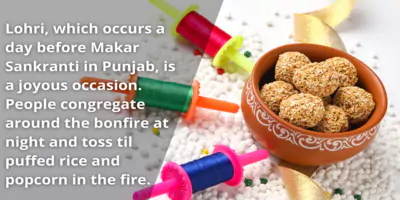
* In Maharashtra, Makar Sankranti is marked by the exchange of til-gud or goodwill tokens. Everyone extends a handshake. One can even gift aPhoto Mug with Money Plant in a pot as a token of respect.
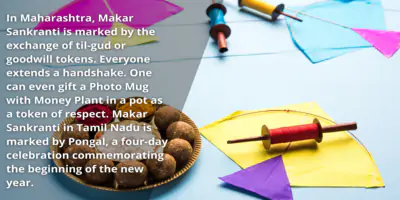
* Makar Sankranti in Tamil Nadu is marked by Pongal, a four-day celebration commemorating the beginning of the new year.
* Donating urad, rice, gold, woolen clothing, and blankets has special significance on this day, and many people create khichdi with freshly harvested rice and dal to commemorate the occasion.
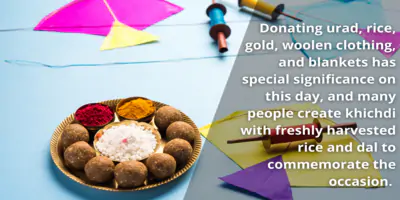
* When the celestial star Makara Jyothi emerges in the sky on Makar Sankranti, thousands of people flock to the Sabarimala temple in Kerala to view the Makara Vilakku.

Conclusion
We may sum it up by saying that the history and importance of the Makar Sankranti Festival are great. It's also significant from a scientific perspective, not just a religious one. A celebration of joy and happiness is also celebrated, as is getting out and meeting new people. The actual purpose of the celebration is to show respect for others and coexist peacefully with each other. Sendgifts to shower your dear ones with love.

